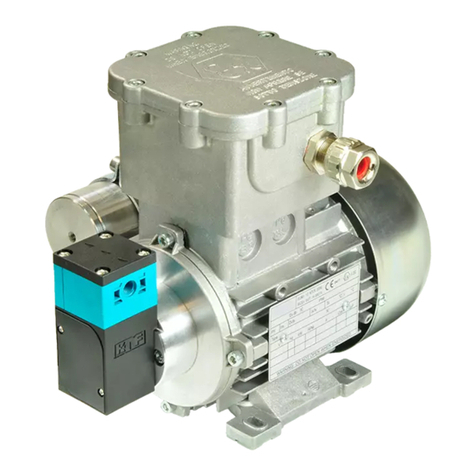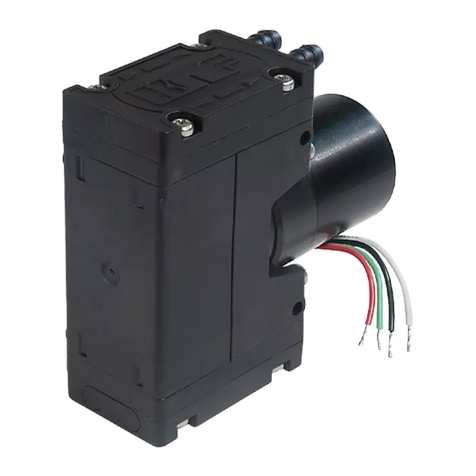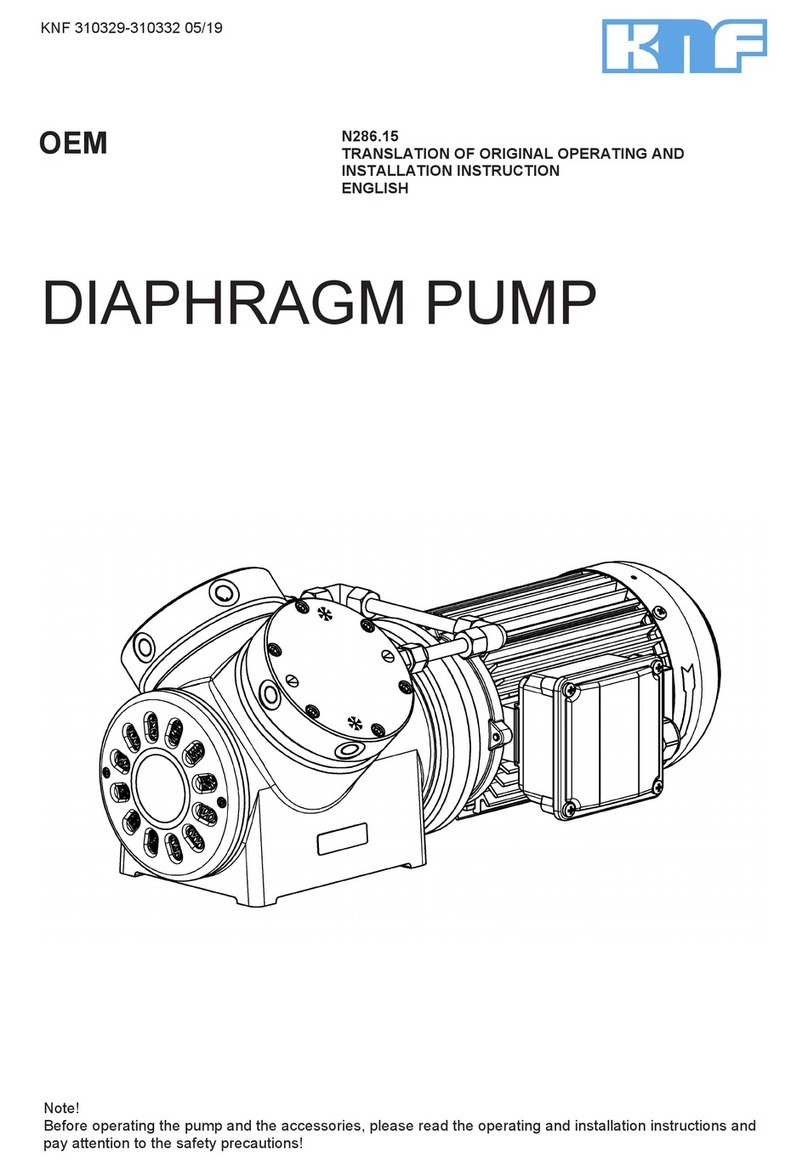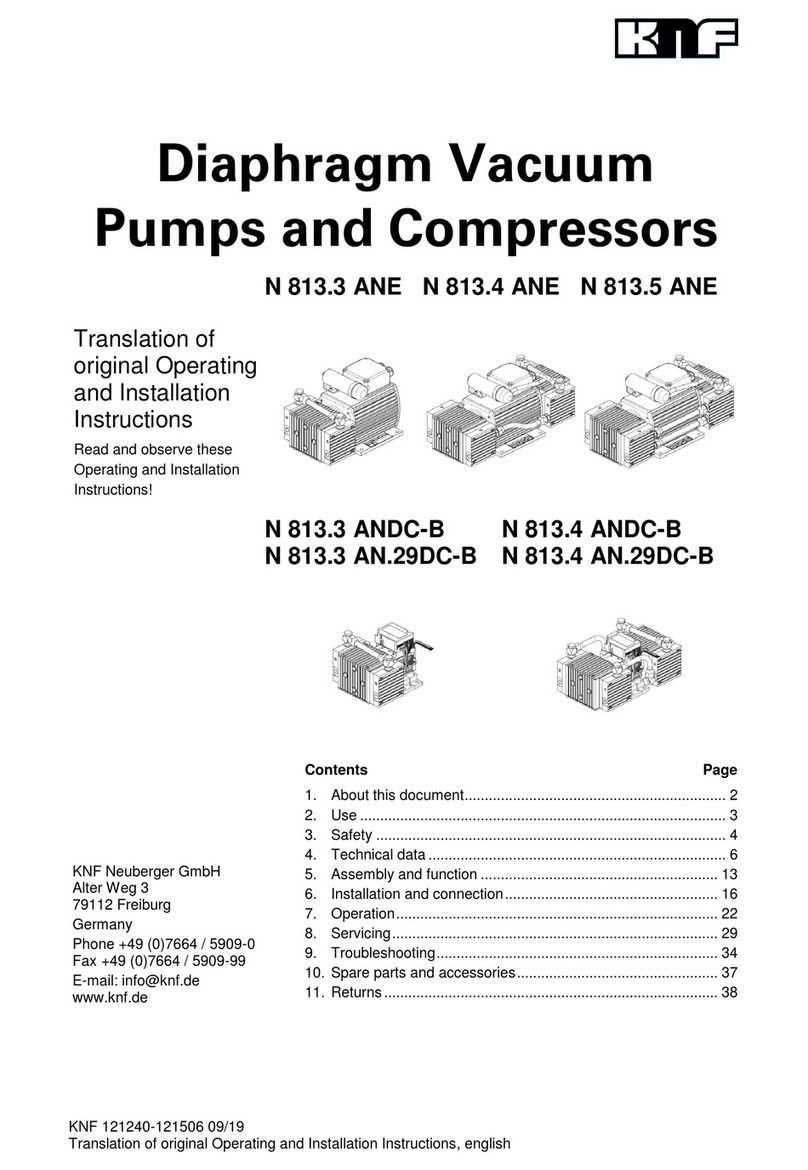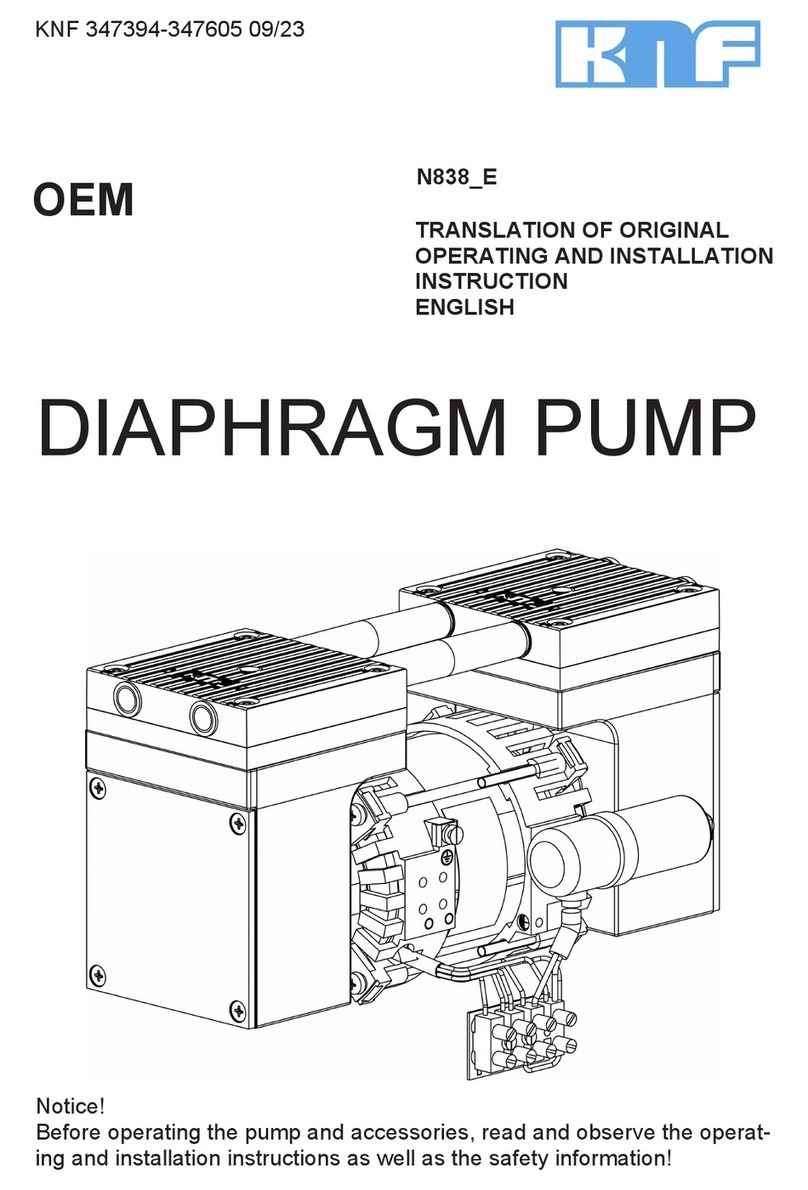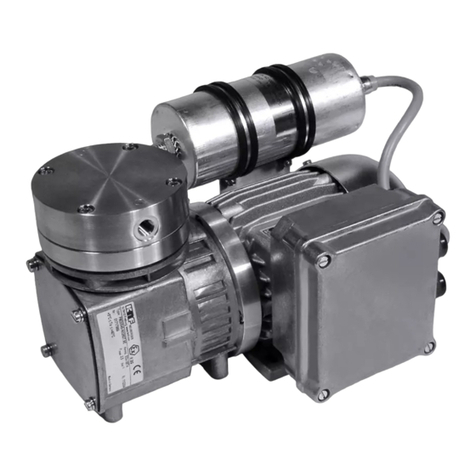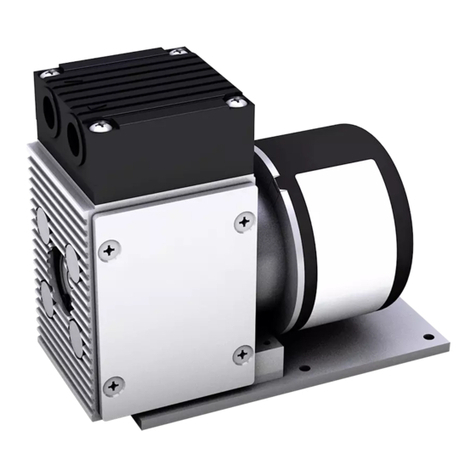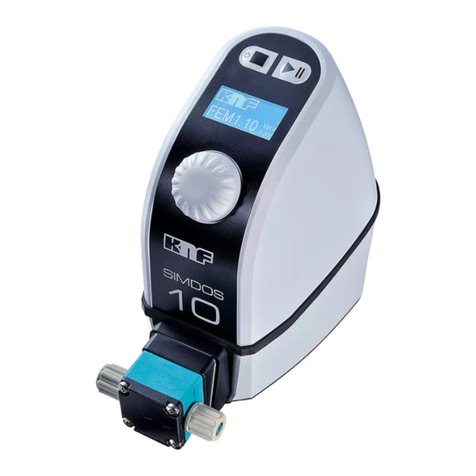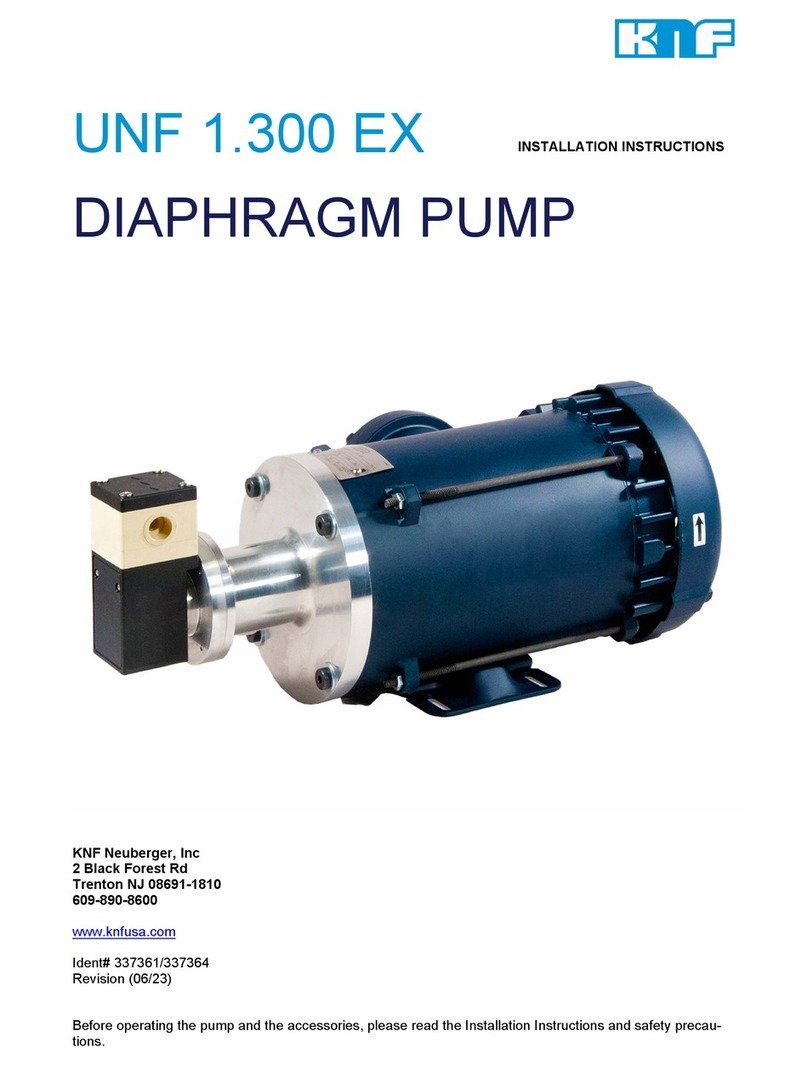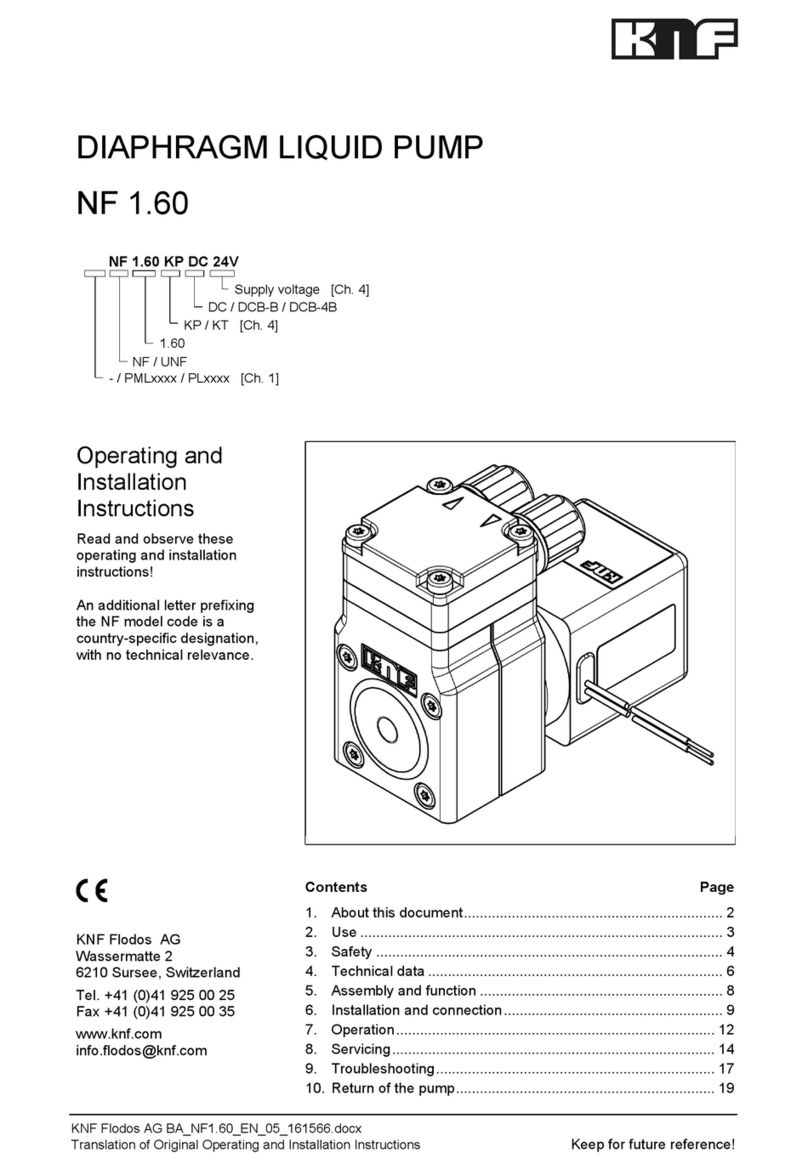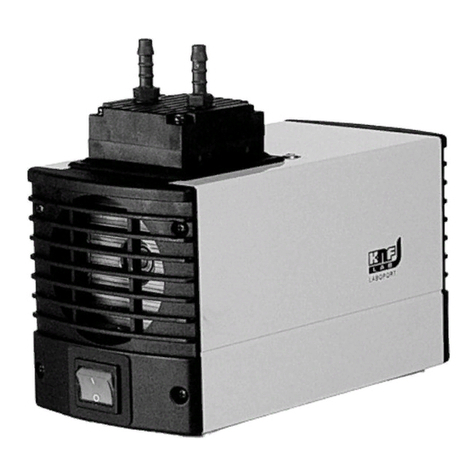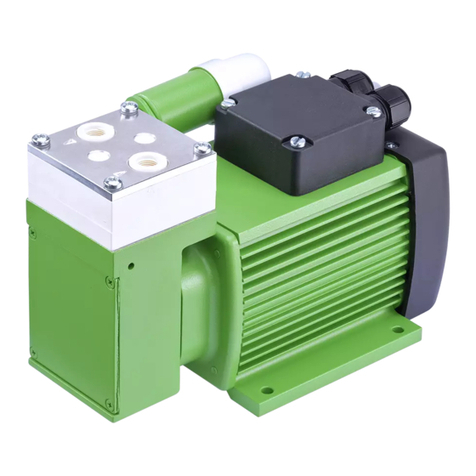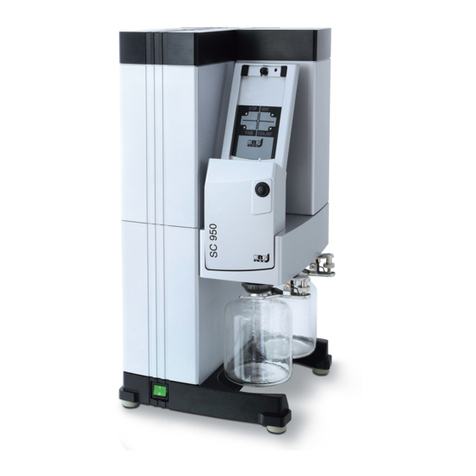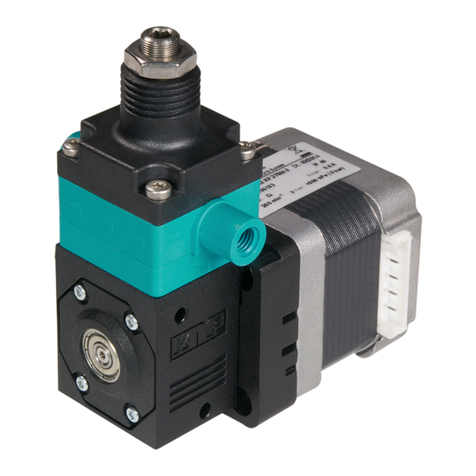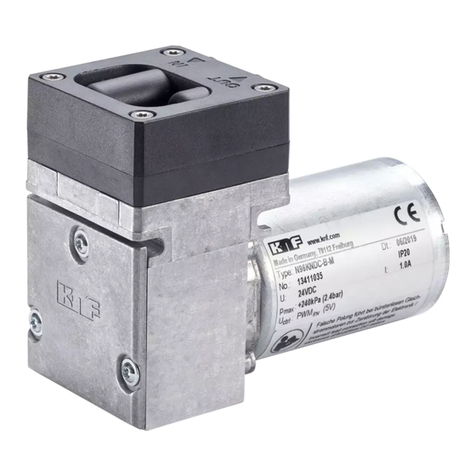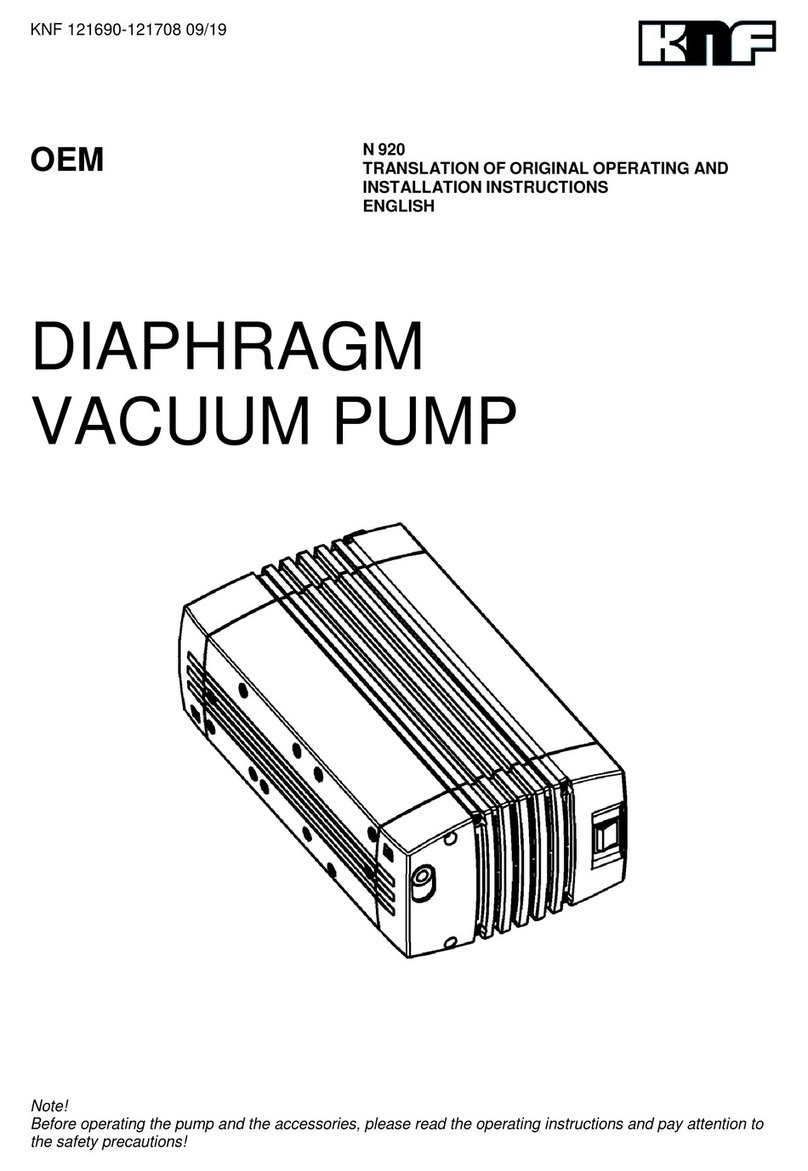
Diaphragm Pump N 0150 Safety
Translation of Original operating and installation instruction, English, KNF 308918-308921 03/19 5
3 Safety
Observe the safety notices in chapters 7 Installation and connection
and 8.1 Operation.
The pumps are built in accordance with the generally recognized rules of
technology and the occupational safety and accident prevention regula-
tions. Nevertheless, dangers can arise during their use that lead to injuries
to the user or third parties or to damage to the pump or other property.
Only use the pumps in perfect technical condition, for their intended use,
safely and aware of the dangers and in observation of the operating and
installation instructions.
The components that are to be connected to the pumps must be designed
according to the pneumatic data of the pumps.
When connecting the pumps to the electrical mains, observe the corre-
sponding safety rules.
Personnel Make sure that only trained and instructed personnel or specially trained
personnel work on the pumps. This applies, in particular, to assembly, con-
nection and servicing work.
Make sure that the personnel have read and understood the operating and
installation instructions, particularly the chapter on safety.
Working in a safety conscious
manner
Observe the regulations on accident prevention and safety during all work
on the pumps and during operation.
The pump heads heat up during operation; therefore avoid contact with
them.
Make certain that the pump is disconnected from mains and without
power.
Make sure that no dangers arise from flow when gas connections are
open, from noises or from hot, corrosive, dangerous and environmentally
hazardous gases.
Make sure that an EMC-compliant installation of the pump is ensured at all
times and that no dangerous situation can thereby arise.
Working with hazardous media Upon breakage of the diaphragm and/or leaks, the transferred medium
mixes with the air in the surroundings and/or in the pump housing. Make
sure that a dangerous situation cannot arise as a result.
When transferring hazardous media, observe the safety regulations for the
handling of these media.
Working with combustible media Note that the pumps are not designed to be explosion-proof.
Make sure that the temperature of the medium is always sufficiently below
the ignition temperature of the medium so as to prevent ignition or explo-
sion. This also applies for abnormal operating situations.
Note here that the temperature of the medium increases when the pump
compresses the medium.
Therefore, make sure that the temperature of the medium also remains
sufficiently below the ignition temperature of the medium even when it is
compressed to the maximum permissible operating pressure of the pump.
The maximum permissible operating pressure of the pump is stated in the
technical specifications (4 Technical data).
If applicable, also take into consideration external energy sources (e.g., ra-
diation sources) that could add heat to the medium.
In case of doubt, contact KNF Customer Service.
Environmental protection Store and dispose of all replacement parts in accordance with environmen-
tal regulations. Observe the respective national and international regula-
tions. This applies in particular to parts that are contaminated with toxic
substances.


















